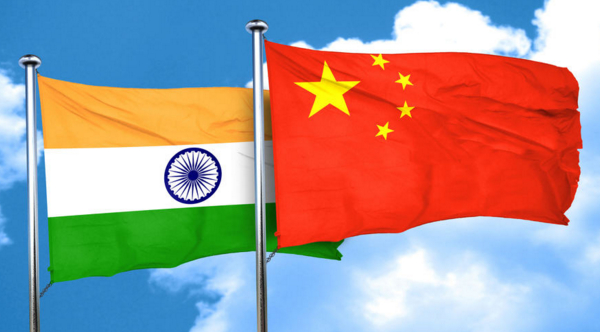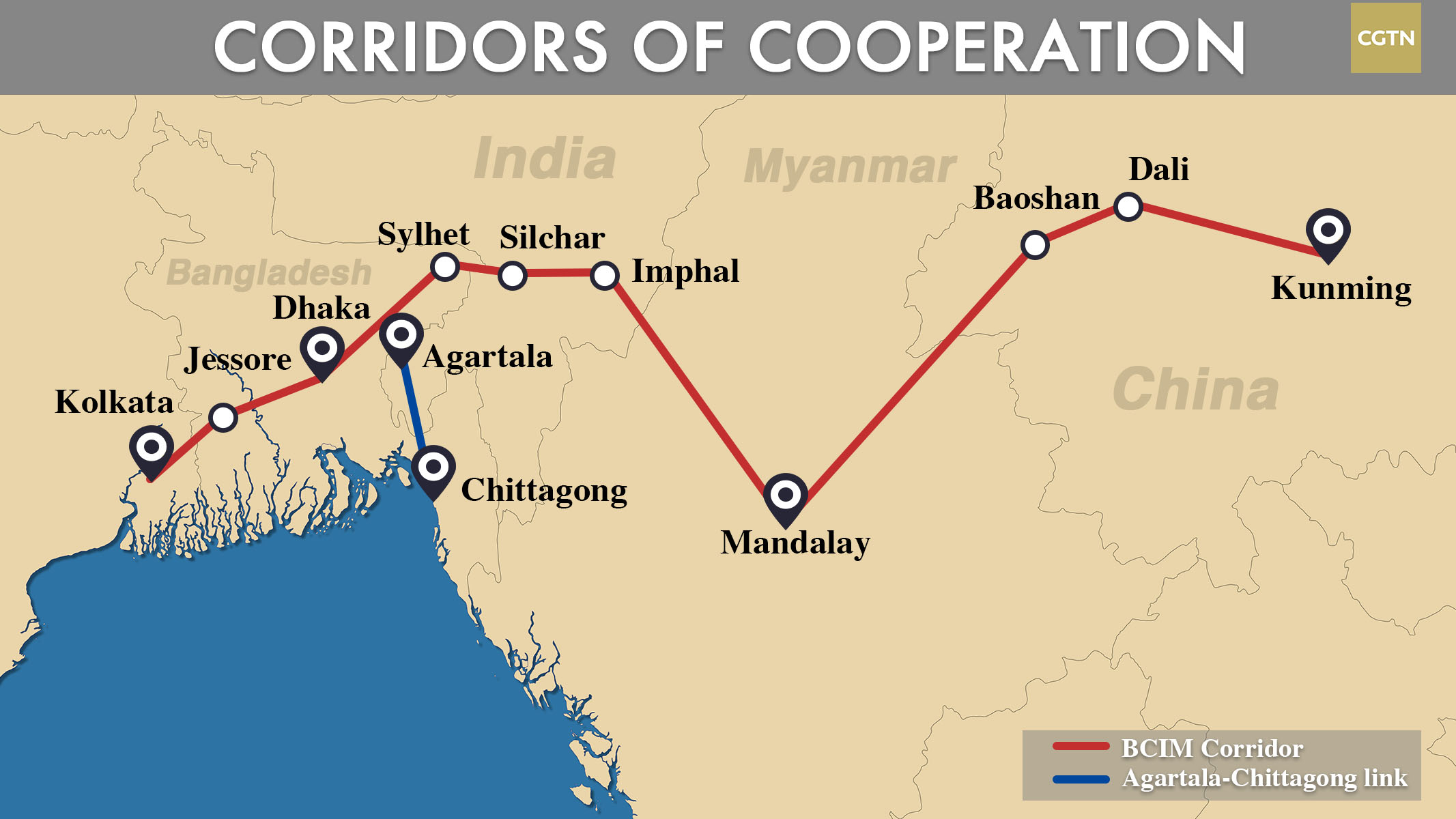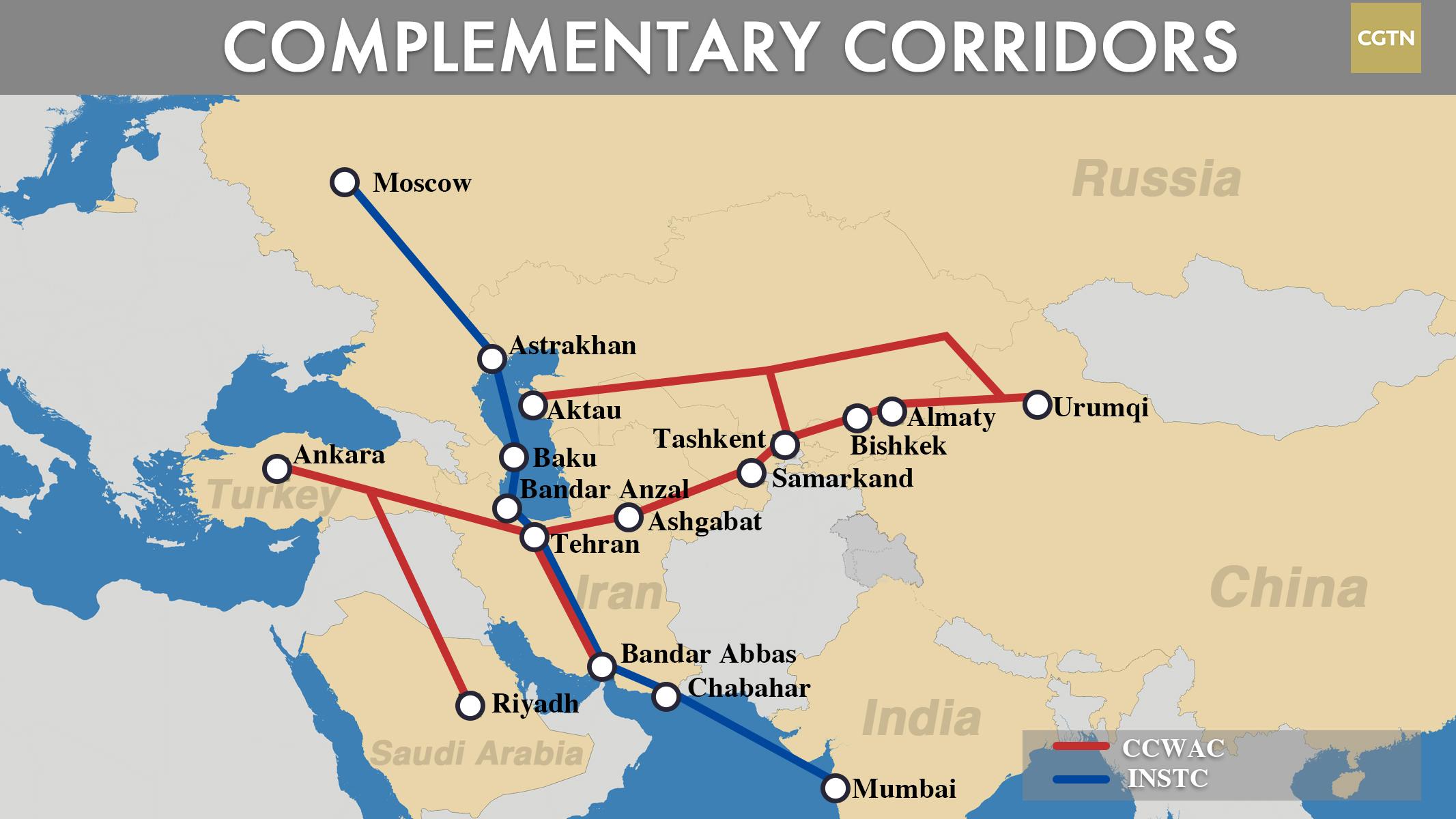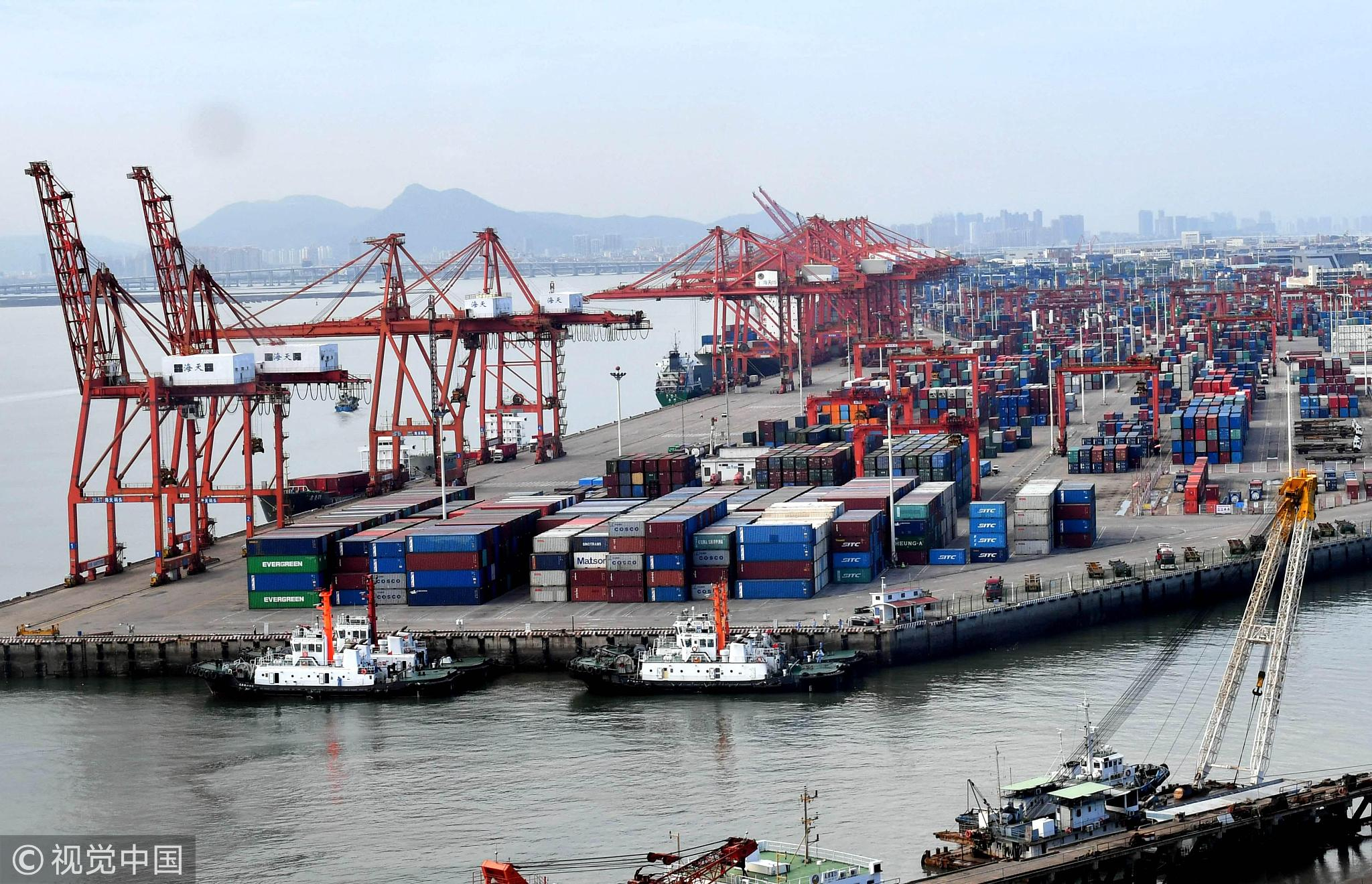
Opinions
19:48, 29-Aug-2018
India offers China access to northeast in BRI strategic shift
Updated
15:28, 06-Oct-2018
By Abhishek G Bhaya

India has offered China connectivity through its northeastern region to Bangladesh's Chittagong port on the Indian Ocean as part of an ambitious multilateral plan that appears to complement the Bangladesh, China, India, Myanmar (BCIM) Economic Corridor proposed under Beijing's Belt and Road Initiative (BRI).
New Delhi has also invited for the first time "limited Chinese investment" as it sets out to establish a Bangladesh, Bhutan, India and Nepal (BBIN) sub-regional hub linking the landlocked northeastern region with other neighboring countries, the Press Trust of India (PTI) reported earlier this month, in the clearest sign yet of a strategic shift in New Delhi's position on BRI.
India has so far refused to participate in the BRI saying that its flagship China-Pakistan Economic Corridor (CPEC) project passes through the disputed territory of Kashmir and therefore violates New Delhi's sovereignty.
As BRI marks five years since it was officially announced by Chinese President Xi Jinping in 2013, India appears to be recalibrating its position, with analysts saying New Delhi might be open to infrastructure and connectivity projects under multilateral frameworks (including those under SCO and BRICS) and the recently mooted China-India Plus model of cooperation while formally sticking to its official stand of opposing the initiative.
In recent months, particularly after the Wuhan meeting between Xi and Indian Prime Minister Narendra Modi, New Delhi has reportedly warmed up to several BRI related projects including a rail link connecting Afghanistan with Central Asia and China; a corridor linking China, Nepal and India; and the BCIM economic corridor.
Move complements BCIM corridor

India's plan to offer China connectivity through its Agartala-Chittagong link to the port city in Bangladesh complements Bangladesh, China, India and Myanmar (BCIM) Economic Corridor.
India's plan to offer China connectivity through its Agartala-Chittagong link to the port city in Bangladesh complements Bangladesh, China, India and Myanmar (BCIM) Economic Corridor.
The latest proposal will connect the Bangladeshi port city of Chittagong with Agartala, the capital city of India's northeastern Tripura state.
The plan appears to complement the BCIM corridor, which was formally proposed in 1999 and was incorporated within the BRI framework later. The corridor aims to connect the Chinese city of Kunming with the Indian city of Kolkata through Dhaka in Bangladesh and Mandalay in Myanmar.
According to a PTI report, the latest Indian plan was conceived after a ministerial delegation from the northeastern states of Assam, Tripura and Nagaland led by Ram Madhav, a senior leader from the ruling Bharatiya Janata Party (BJP), visited the southern Chinese city of Guangzhou and held talks with both Chinese and Indian businessmen.
Madhav said that India has invited China to use India's northeastern corridor to access the Indian Ocean. "[Previously] we had only thought about providing China access to the Indian Ocean through the bordering state of Sikkim and the port in Kolkata. But the Chittagong port is also an excellent opportunity."
India's other corridors in sync with BRI?

The China Central-West Asia Corridor (CCWAC) runs horizontally (east-west) across Asia from western China to Turkey, while the International North-South Transport Corridor (INSTC) runs vertically across the continent from Mumbai to Moscow via Iran, making them complementary.
The China Central-West Asia Corridor (CCWAC) runs horizontally (east-west) across Asia from western China to Turkey, while the International North-South Transport Corridor (INSTC) runs vertically across the continent from Mumbai to Moscow via Iran, making them complementary.
Many analysts say that in addition to its opposition to CPEC, New Delhi's concerns about BRI stems from its anxiety over China's outreach in the Indian Ocean and neighboring countries in South Asia.
"India is not opposed to infrastructure development in the region, but it is concerned about the strategic implications of certain Chinese-led initiative," Darshana M Baruah, associate director and senior research analyst at Carnegie India stated in a recently published report.
"Connectivity is increasingly seen as a tool for exerting foreign policy influence," Baruah wrote, adding: "This view is reflected at the highest levels of diplomacy by countries like India, Japan and the United States that have issued strong remarks about connectivity and infrastructure."
In this context, India's participation in two major multilateral corridor projects - the International North-South Transport Corridor (INSTC) involving Iran, Russian and the Central Asian countries; and the maritime Asia-Africa Growth Corridor (AAGC) jointly proposed by India and Japan - are seen by many analysts as potential rivals to China's BRI.
However other observers argue that with the emergence of a multi-polar world order, of which both China and India are major proponents, the corridors could eventually become more complementary to BRI than its direct rivals.

A file photo of Dongdu Port in Xiamen, China. /VCG Photo
A file photo of Dongdu Port in Xiamen, China. /VCG Photo
The NSTC for instance is a perfect economic complement to the BRI's China-Central-West Asia Corridor (CCWAC), according to Sreejith Nair of the New Delhi-based Institute of Peace and Conflict Studies. The CCWAC runs horizontally (east-west) across Asia from western China to Turkey, while the INSTC runs vertically across the continent from Mumbai to Moscow via Iran, making them complementary, reasoned Nair in a piece for Eurasia Review.
"Once interconnected, the two initiatives can boost intra-regional connectivity leading to a unified energy market in Asia, allowing for energy price rationalization... Greater regional connectivity pushes the bargaining power more in the buyers' favor - enabling lower prices - which are certainly in India's (and China's) economic interests," he elucidated.
Similarly, the AAGC maritime corridor could also be seen as a legitimate India-Japan partnership to better integrate the economies of South, Southeast, and East Asia with Oceania and Africa, without necessarily competing with BRI's Maritime Silk Road which also operates in the Indian Ocean.
With momentum building up gradually towards China-India partnership on connectivity and infrastructure projects, it will indeed be interesting to see if the dragon and the elephant could dance together and herald the Asian Century.

SITEMAP
Copyright © 2018 CGTN. Beijing ICP prepared NO.16065310-3
Copyright © 2018 CGTN. Beijing ICP prepared NO.16065310-3